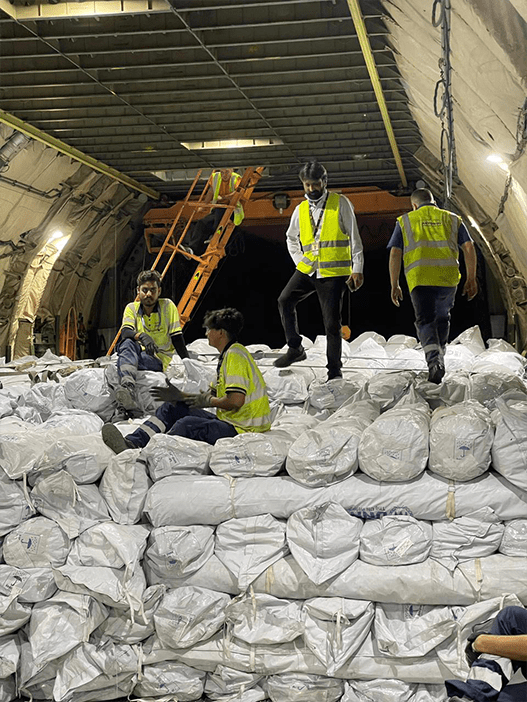CRISIS RESPONSE
Nizam develops a comprehensive framework that encompasses preparedness, coordination, assessment, and sustainable recovery strategies.
RELIEF RESPONSE
Crisis situations, whether caused by natural disasters, conflicts, or pandemics, demand swift and well-coordinated response efforts from Nizam.
Nizam play a crucial role in providing immediate assistance, delivering essential supplies, and facilitating long-term recovery for affected communities. To ensure an effective crisis response, Nizam develops a comprehensive framework that encompasses preparedness, coordination, assessment, and sustainable recovery strategies.
This is a blueprint for crisis response, empowering Nizam to maximize their impact during times of crisis.


A well-designed crisis response framework equips Nizam with the tools and strategies necessary to provide efficient, coordinated, and impactful assistance in times of crisis. By prioritizing preparedness, coordination, needs assessment, and sustainable recovery, Nizam effectively address the immediate needs of affected communities and foster long-term resilience. Continuous learning and adaptation are key to refining crisis response strategies, enabling Nizam to meet the evolving challenges and make a lasting difference in the lives of those affected by crises.

